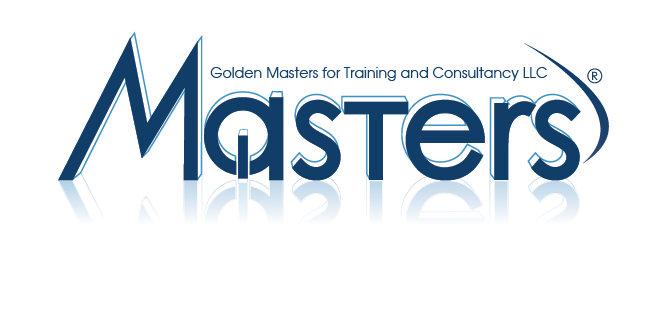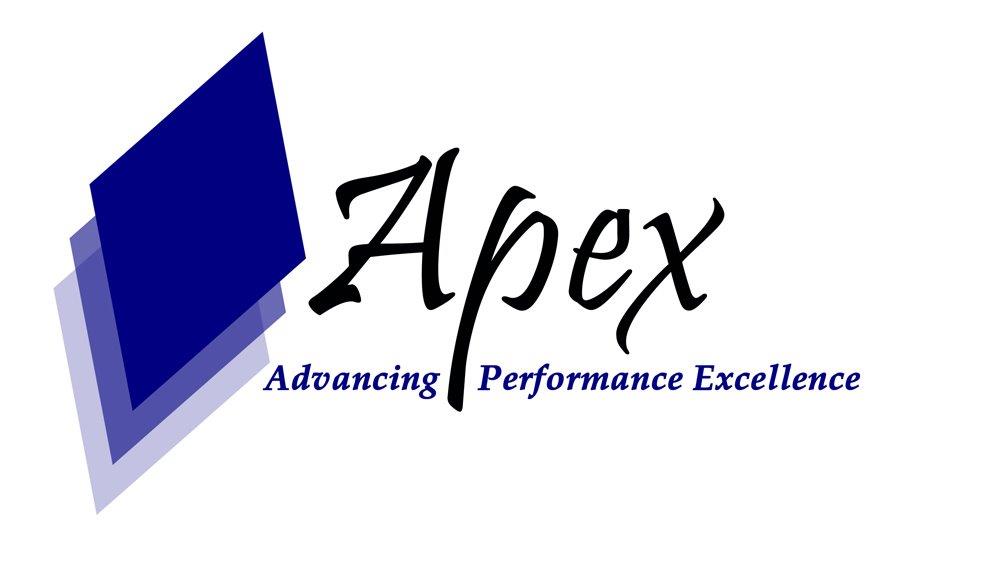Course Description
This lesson explains control valve selection factors and demonstrates typical linear and rotary control valve functions and applications. Control valve bodies for several types of valves including globe, butterfly, and ball valves are described. The function and components of valve trim, including the relationship between flow characteristic and trim type is explained.
This lesson trains participants to recognize, identify, and understand actuators and positioners as they relate to control valve trim. The parts and operation of diaphragm and piston actuators as well as pneumatic and electro pneumatic positioners are demonstrated.
Course Objective:
To understand the function, operation, maintenance, and troubleshooting of common types of control valves.
Course Certificate:
Masters Consultant certificate will be issued to all attendees completing minimum of 75% of the total tuition hours of the course.
Course Outline:
Day 1
- Introduction
- Define control valve function in process systems
- Explain how control valves are used in process industries
- Describe how control valves can affect process efficiency, product quality, maintenance, safety, and the environment
- Describe the systems analysis approach to selecting a control valve
- List the types of data needed to choose a control valve for a system .
- Identify examples and applications of linear and rotary valves as well as the associated function and components of valve trim.
- Describe how differential pressure and flow path affect fluid flow.
- Describe how the ability of trim to withstand corrosion and erosion affects trim design
- List trim materials that can withstand corrosion and erosion
Day 2
- Describe advantages and disadvantages of various packing materials
- Describe seal designs that are required where leakage is not acceptable
- Describe the principles of pneumatic valve actuation
- Identify diaphragm actuator parts
- Describe actuator response
- Describe the operation of piston actuators.
- Identify the advantages and limitations of pneumatic actuators
- Describe electric actuator operation
- Identify common actuator and positioner types
- Identify positioner function
- Describe principles of pneumatic positioner operation
- Identify positioner parts
Day 3
- Describe how positioners can improve valve response time
- Describe how positioners can change valve flow characteristics
- Describe how positioners can change actuator response
- Describe the selection factors that indicate the appropriate actuator or positioner for system applications.
- Match failsafe requirement with the appropriate actuator response
- Identify external fail-safe devices used with piston actuators.
- Describe control valve malfunctions
- List causes and effects of control valve malfunctions
- Recognize the importance of following facility safety guidelines and manufacturer's recommendations for valve maintenance
Day 4
- Describe linear valve disassembly steps
- Clean and inspect linear valve packing and trim
- Recommend replacement of linear valve trim parts
- Describe linear valve parts replacement
- Describe linear valve packing replacement
- List linear valve re-assembly steps
- Determine the outcome of linear valve stroking
- Describe linear valve leak testing
- Explain the necessity of linear valve lapping
- Describe the lapping process
- Describe rotary valve disassembly steps
- Clean and inspect rotary valve packing and trim
- Recommend replacement of rotary valve trim parts
- Describe replacement of other rotary valve parts
- Describe replacement of rotary valve packing replacement
- Describe rotary valve re-assembly
- Determine outcome of rotary valve stroking
Day 5
- List common symptoms of a failed diaphragm actuator
- List the causes of a diaphragm actuator failure
- List maintenance requirements for a diaphragm actuator
- Remove and inspect the stem and diaphragm assembly and the range spring and seal bushing on a diaphragm actuator
- Replace the gasket and O-ring on a diaphragm actuator
- List common symptoms of a failed piston actuator
- List the causes of piston actuator failure
- List maintenance requirements for a piston actuator
- Remove and inspect the ring and the stem and piston assembly on a piston actuator
- List common failures of pneumatic and electro-pneumatic positioners and the causes of failure
- List maintenance requirements for a pneumatic positioner
- Inspect and clean the pilot relay assembly on a pneumatic positioner
- List the causes of i/p transducer failure on an electro-pneumatic positioner
- Adjust the zero and span on an electro-pneumatic positioner.
- Course Review and Feedback





